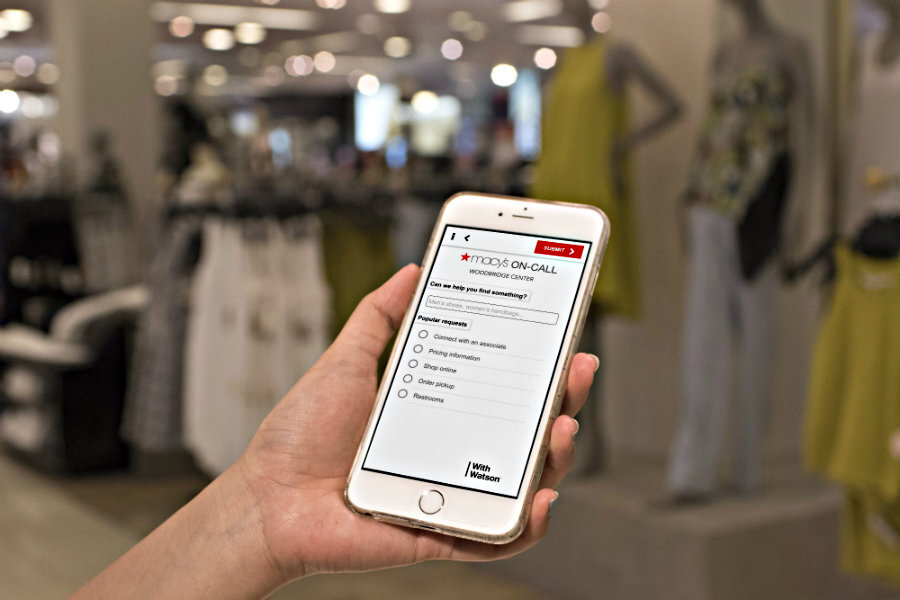Follow these tips to get the best deal every time you shop in-store
Loading...
Shopping at your local brick-and-mortar store shouldn’t deliver a bigger hit to your wallet than shopping online, especially considering that many customers would rather purchase in person than on the internet.
Some 52% of online shoppers said they prefer making their consumer electronics and computer purchases in-store, while 72% prefer doing the same for groceries, according to the global PwC Total Retail Survey 2016.
Here’s how you can guarantee a good deal after you’ve already left home.
Know what you want
Begin your trip with a shopping list in mind, even if it’s just a mental one. Stick to the items you came for so you won’t get distracted by other products that can add to your tab. Once you start looking around, weigh your options. There are often multiple versions of the same product, even within a store or within a brand. Evaluate the different models available and settle on the one that offers the features you need for the best price. Best Buy, for instance, sells both the Amazon Tap and the Amazon Echo, but the portable Tap speaker retails for $50 less. It also offers less than the Echo, but you may be able to get by with fewer features.
Check user reviews
After you’ve done some quick comparisons, pull out your smartphone. It’s important to check user reviews of a product to get a sense of its potential problems. Retailers like Macy’s have a host of valuable consumer information available on their app. Download the Macy’s app and you can scan a bar code to unlock pricing information and customer reviews, much like what you’d find if you were researching at home. Even if the store you’re standing in doesn’t have its own app, run a Google search for the name of the product to pull up reviews yourself.
Compare prices
Don’t put your phone away just yet. ShopSavvy is a free bar-code scanning app that does the price checking for you. Simply use your phone to scan a product bar code, then access prices across both local and online retailers. This will give you a better sense of how the price you’re seeing at the store measures up to deals being offered elsewhere.
Request a price match
If you find a lower price you don’t have to put the product down and make a beeline for the door. Instead, head to the register and request a price match. Show the cashier proof of the lower price — often the digital circular on your smartphone will suffice — and ask if the store will meet that offer. Remember, you can even try price matching within the same store. For instance, compare the in-store price at Target to the online price at Target.com.
Show your digital coupon at checkout
Coupons add an extra layer of savings. Always look for any available coupons before checking out. Many apps deliver current coupons to your smartphone and even your Apple Watch. It’s crucial to show digital proof of any current coupon offers at the time of your purchase, because retailers won’t automatically give you a deal.
Besides third-party sources, stores such as Target and Wal-Mart offer their own money-savings apps. Target’s Cartwheel lets shoppers scan items and add coupons to their virtual account before checking out, while users of Wal-Mart’s Savings Catcherscan the bar code of their receipt post-purchase to identify items that were sold for less elsewhere. Wal-Mart then issues a gift card for the difference.
Pay with your cash-back credit card
As your last step, consider how you’ll pay for your purchase. We recommend shopping with a cash-back credit card, which could maximize your savings. Grouping your bigger purchases onto a rewards credit card with 5% bonus categories, for instance, can net you high rewards. Or, if you’re a frequent shopper at a particular store, it may make sense to use a store credit card.
With all of these steps complete, you can emerge from the store with your desired product in hand and the greatest possible amount of cash still in your wallet.
For more shopping advice, check out this guide for what to buy every month of the year.
Courtney Jespersen is a staff writer at NerdWallet, a personal finance website. Email: courtney@nerdwallet.com. Twitter: @courtneynerd.
This article originally appeared on NerdWallet.







